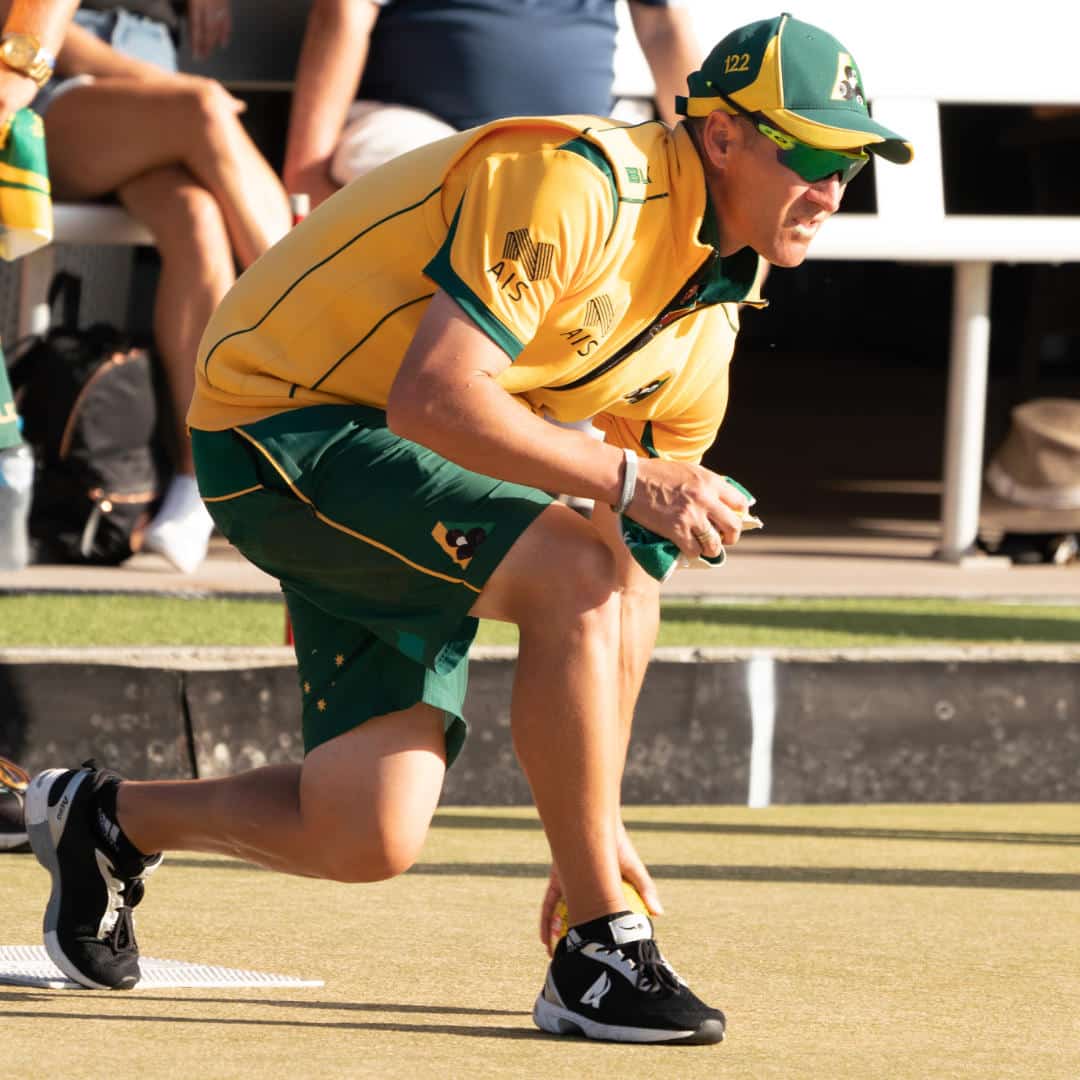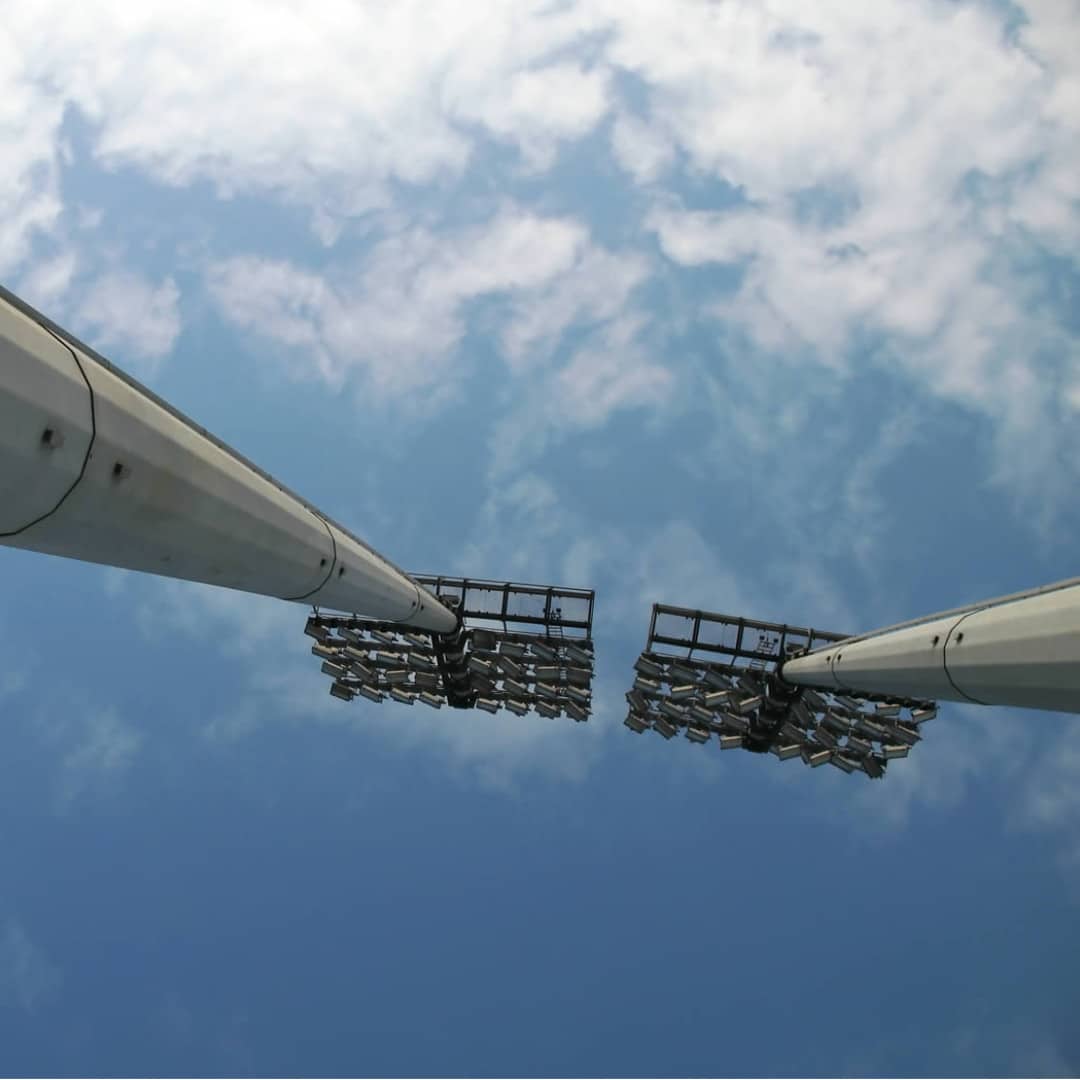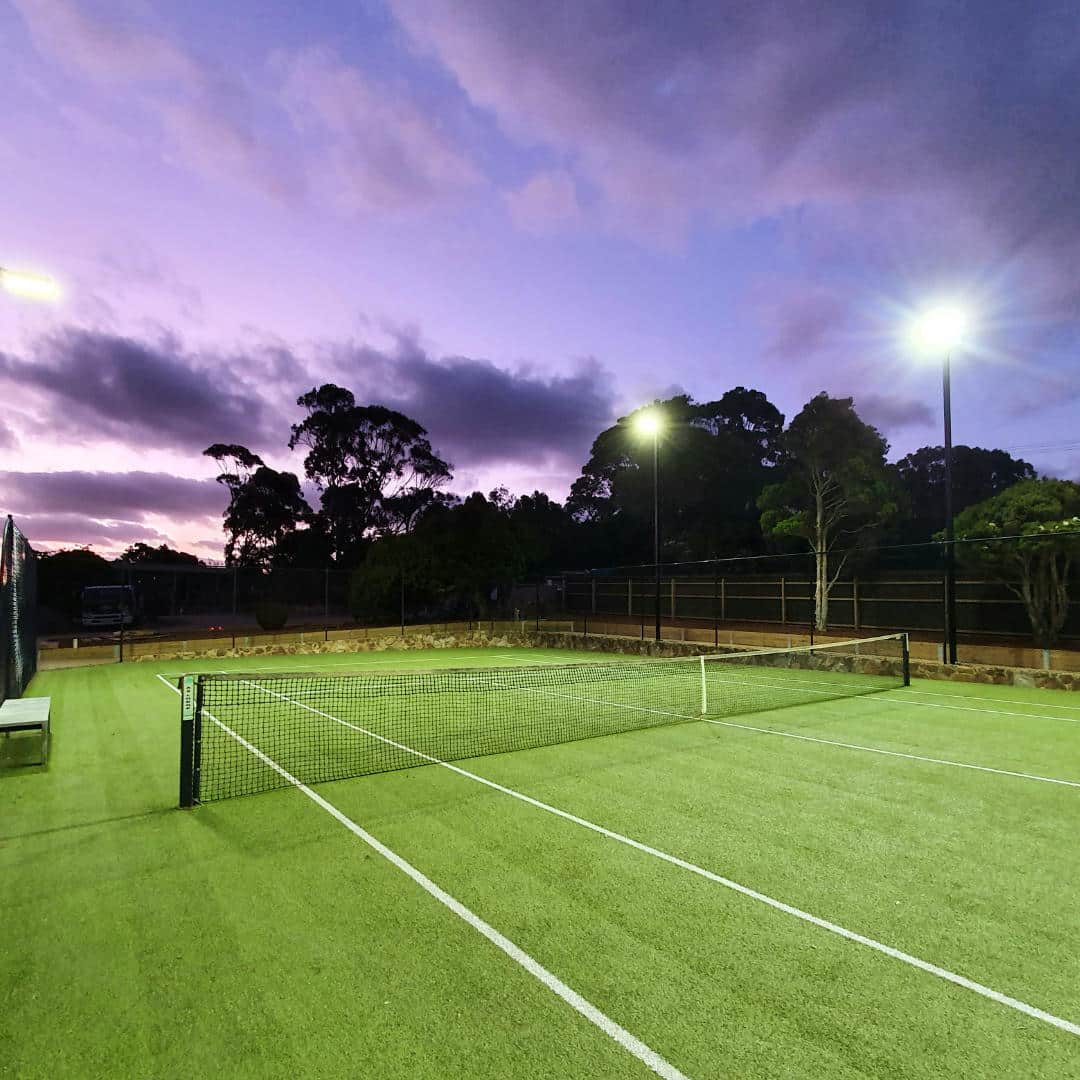
Sport lighting is a specialised and complex science. The lighting level, evenness, glare, CRI, heights and spill-light control are all aspects the designer has to take into account and all these parameters vary depending on the application. For a game where the ball is small and fast moving, like tennis, high lighting levels are required with a very good CRI. If the game is being videoed or televised the lighting levels and pitch uniformity have to be of a very high standard.
Over the years we have taken a lot of this for granted with metal halide systems. Although an old technology, metal halide naturally produces a very high CRI, flicker-free light with a very good colour temperature. The development of the reflectors over the years has resulted in a very efficient system that was relatively simple for designers to specify. With only two main beam patterns, almost any big-field sport was catered for and increasing the number of lights brought up the lux readings to the desired level.
The introduction of LED a decade ago was thought to signal the death of 2kW metal halide fittings as they are ‘old and outdated’. However, while all other forms of lighting were changing rapidly, sport lighting remained surprisingly static. Early adopters burned their fingers with very heavy lights that gave bad light and failed regularly. As a result designers have shied away from these digital fittings that could potentially give them a bad name. From our attempts, even as recently as 2015, it needed nearly 3000W of LED power to get a similar beam to a 2000W metal halide. Considering the extra weight and necessary pole thickness upgrade and the 100% increase in unit cost LED, was not looking very favourable.
However, LED manufacturers like Cree and LG have continued to improve light output and efficiencies. Optic designers have carried on working away and now there are some systems that can truly replace metal halide one for one.
However, when looking at doing a swap out there are a number of points to consider.
The poles you currently use have been designed for a specific weight and sail area. Increasing either, or both of these could have quite dramatic effects in high wind. Make sure that neither of them exceeds what is currently used or obtain the original poles drawings to make sure the increase can be accommodated in the existing design. This should be carried out by a qualified structural engineer.
Assess accurately what the current lux levels are of your field, decide what you need. Just because you had it designed to 500 lux 20 years ago by no means guarantees that is what it is at present. Be realistic and don’t over-specify unless power consumption and capital budget are not an issue.
Once the layout design has been completed, ensure that the power consumption is within the tolerances of what you have available for peak demand. This might sound obvious but many systems have been implemented without taking this into account.
If you can satisfy all these requirements then, when added to the benefits of digital lighting, you will have made a good decision that will last a long time.


